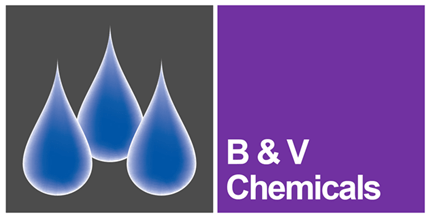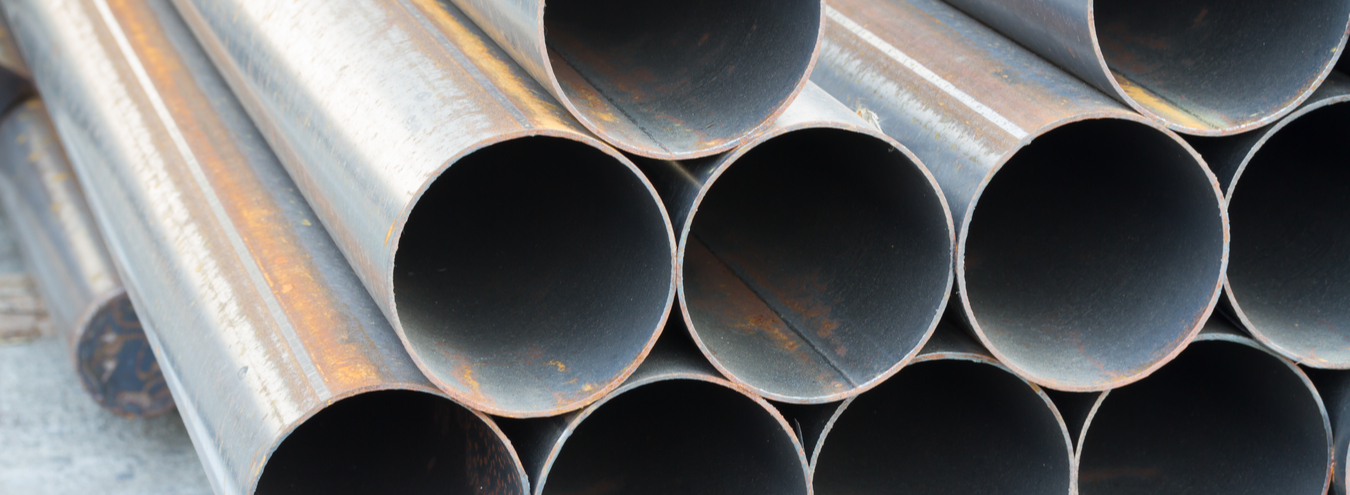In last week’s blog post, we gave an overview of the main changes and additions in the new BSRIA BG29 2020 guide compared with the 2012 edition.
In this blog post, we focus purely on one new topic in the guide, enabling us to investigate this area in more depth.
Cleaning precautions for thin walled carbon steel pipes
A number of manufacturers produce thin walled carbon steel pipework. The most well-known manufacturers of such pipework are Geberit Mapress and Pegler Yorkshire. Like any pipework system, the effective operation and serviceable life of such systems is very much dependant on correct design and installation, pre-commission cleaning, operation and maintenance of the system.
This thin walled pipework has many advantages; these are lightweight systems, use less material and are easy to install. However, as the wall thickness is about half that of EN10255 type L2 ‘light pipe’ i.e. 1.2- 2mm, there is no margin for error when considering corrosion control.
Premature failure of thin walled carbon steel
One notable case involved the rapid failure of thin walled carbon steel pipework in Belfast Royal Infirmary in 2012. The pipework had corroded and had to be replaced which delayed the project greatly and added significant costs.
An NHS Estates and Facilities Alert of May 2016 was issued after several failures of carbon steel press fit pipes in water heating systems. This alert stressed that the majority of failures could be attributed at least in part to poor fitting allowing oxygen into the system. Stagnation and prolonged periods between first fill and pre-commission cleaning can also be contributory factors. An article written by Reginald Brown, first published in Modern Building Services in 2014, was written on this subject titled ‘The hidden menace of corrosion in heating and cooling systems’.
Pointers to the correct use of thin walled carbon steel pipework
Although we all hear about high profile failure cases such as Belfast Royal Infirmary, this type of pipework has been in use for over 50 years with many systems operating corrosion free or with minimal operational problems. For successful use and to avoid the premature failure of thin walled carbon steel pipework, the following points should be followed:
- The design of the system should ensure minimal ingress of air (oxygen) after pressurisation in order to minimise corrosion potential.
- Systems should be designed so that no thin walled carbon steel is external to the building where it would be unprotected and exposed to the weather.
- Pre-installation pipework and fittings should be stored with protective end caps in place and elevated off the ground with dissimilar metals separate.
- The outside of installed pipes should be protected with appropriate/compatible insulation.
- Do not fill the system with water + corrosion inhibitor and biocide until absolutely necessary. When filled, it is preferable that the system remains filled wherever possible.
- Ensure all areas of the system are circulating for at least an hour a day to avoid stagnation during construction and use.
- Pre-commission cleaning, if required, should be carried out with a mild cleaner which preferably includes a component which passivates the bare metal surfaces.
- It is important to ensure optimal treatment is maintained at all times throughout the life of the system. This includes corrosion inhibitor and biocide.
- Samples should be taken from representative points on a quarterly basis and analysed preferably in accordance with BS8552.
- Recommendations from the monitoring regime should be acted on promptly at all times.
It is apparent from the above list of recommendations regarding the use of thin walled carbon steel that these do not fit fully within the confines of BSRIA BG29 2012. BSRIA BG29 2020 states that systems with thin walled carbon steel pipes may benefit from a non-chemical approach to pre-commission cleaning.
The concept of CPC cleaning, whereby systems are filled with inhibitor and biocide from first fill and then recirculated and cleaned through a combined process of velocity and filtration, is also appropriate for the treatment of thin walled carbon steel systems.
In order to prevent both under deposit corrosion and oxygen-induced corrosion and to monitor any corrosion issues the initial design brief may also consider components intended to help protect and prolong life expectancy such as side stream filters, deaerators and corrosion monitoring systems.
**Parts of this blog post are reproduced from BSRIA BG29/2020 Pre-commission Cleaning of Pipework Systems 6th edition.




